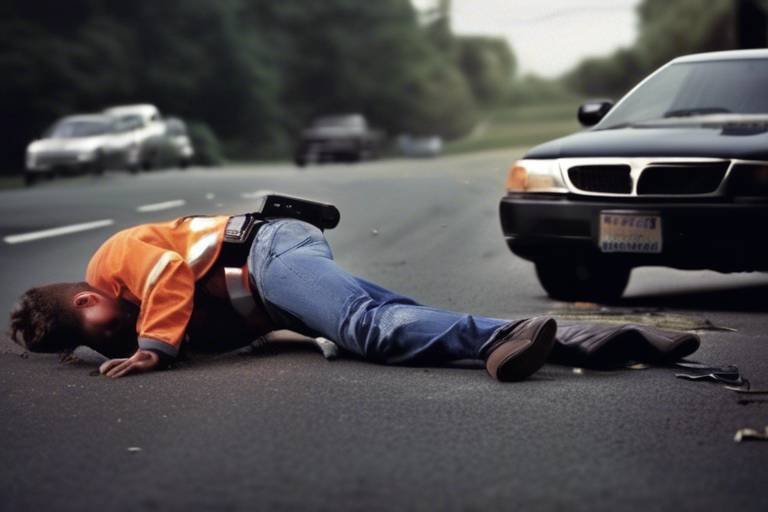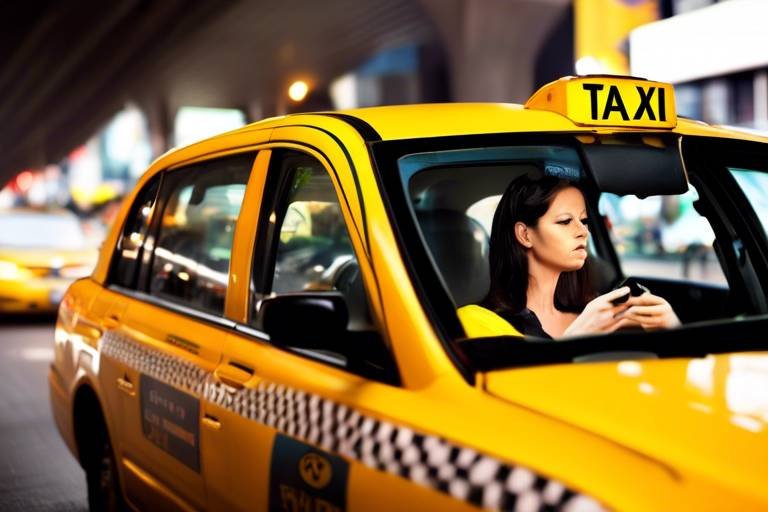Dog Walk Safety: Protecting Yourself and Your Pet
Walking your dog is one of the most enjoyable activities you can share with your furry friend. The fresh air, the exercise, and the bond you build are all part of the experience. However, it’s crucial to prioritize dog walk safety to ensure that both you and your pet remain safe and happy. Imagine this: you're strolling down a picturesque path, but suddenly, a loose dog races towards you. How would you handle that? Or consider the potential hazards like busy streets, uneven terrain, or even inclement weather. This article dives deep into essential safety tips for dog walking, ensuring you can navigate these common hazards effectively, so you can focus on enjoying your time outdoors.
Before heading out, it's vital to understand your dog's behavior. Dogs communicate through body language, and recognizing these signals can make a world of difference. For instance, if your dog is wagging its tail but has tense body posture, it might be feeling anxious. Similarly, a dog showing its teeth or growling could be displaying aggression. By being attuned to these signs, you can better manage your pet's reactions to various stimuli, ensuring a smooth and safe walking experience. Think of it like reading a book; the more you understand the plot (or your dog's mood), the better prepared you are for what comes next.
Proper gear is essential for a safe dog walk. Think of your walking equipment as your safety net. A well-chosen leash, collar, or harness can mean the difference between a pleasant stroll and a chaotic chase. When selecting equipment, consider your dog's size, breed, and behavior. For instance, a strong puller may benefit from a harness that distributes pressure evenly across their body, while a smaller dog might do well with a standard collar. Remember, the right gear not only ensures control but also enhances your pet’s comfort, making the walk enjoyable for both of you.
Different leash types serve various purposes. Here’s a quick rundown:
- Standard Leashes: These are typically 4 to 6 feet long and offer good control, making them ideal for most walks.
- Retractable Leashes: These allow your dog to roam a bit more while still being attached, but they can lead to tangles and lack of control in crowded areas.
- Specialty Leashes: Designed for specific activities, such as running or hiking, these can provide added safety and comfort.
Choosing the best leash for your dog's walking style and behavior can enhance your walking experience significantly.
When it comes to choosing between collars and harnesses, understanding their differences is crucial. Collars are great for holding ID tags and are often more convenient for quick outings. However, they can put pressure on your dog’s neck, especially if they pull. On the other hand, harnesses can distribute pressure across the chest and shoulders, making them a safer option for dogs that tend to pull or have respiratory issues. Ultimately, the choice depends on your dog's needs and comfort. Think of it like choosing between a snug shirt and a comfy jacket; both have their time and place!
Walking at night presents unique challenges, particularly when it comes to visibility. If you enjoy evening strolls, investing in reflective gear and lighted accessories is essential. Reflective collars, leashes, and even vests can significantly enhance your visibility to passing vehicles and other pedestrians. Additionally, consider using a flashlight or a headlamp to illuminate your path. Imagine walking in the dark; without proper lighting, you’re navigating a minefield of potential hazards!
Every environment presents its own set of challenges. Urban areas are often bustling with traffic and pedestrians, requiring heightened awareness. In rural settings, you might encounter wildlife or uneven terrain. Parks can be a mix of both, with other dogs and distractions around every corner. Adapting your walking routine to each environment is crucial. For example, in urban areas, always keep your dog close and be mindful of cyclists. In rural areas, it's wise to keep your dog leashed to avoid encounters with wildlife. Each walk can be an adventure, but preparation is key!
Awareness is key to a safe walking experience. It’s easy to get lost in thought or distracted by your phone, but staying vigilant about your surroundings can prevent accidents. Keep an eye out for other dogs, pedestrians, and potential hazards like potholes or traffic. If you see another dog approaching, assess the situation. Are they calm, or do they seem agitated? This awareness allows you to react appropriately, keeping both you and your pet safe.
Encountering other dogs can be unpredictable. Some dogs are friendly and eager to play, while others may be territorial or anxious. Understanding dog body language can help you navigate these interactions safely. If another dog approaches and seems overly excited, it might be best to step aside and let them pass. Always have a plan in place, such as crossing the street or using a firm "leave it" command to redirect your dog’s attention.
Distractions are everywhere during walks—squirrels, cyclists, and even other people can divert your dog's attention. To minimize distractions, consider the route you take. Opt for quieter streets or paths where your dog can focus on walking rather than being overwhelmed by stimuli. Additionally, practicing commands like "focus" or "heel" can help keep your dog engaged with you, making the walk more enjoyable for both of you.
Q: What should I do if my dog encounters another aggressive dog?
A: Stay calm and try to create distance between the two dogs. Use commands to redirect your dog’s attention and keep moving. If necessary, find a safe place to step aside until the other dog passes.
Q: How can I train my dog to walk nicely on a leash?
A: Consistent training using positive reinforcement can help. Reward your dog when they walk beside you without pulling. Consider using a no-pull harness if they tend to tug.
Q: Is it safe to walk my dog during the winter?
A: Yes, but be cautious of icy sidewalks and cold temperatures. Consider using booties to protect their paws and keep walks shorter in extreme cold.
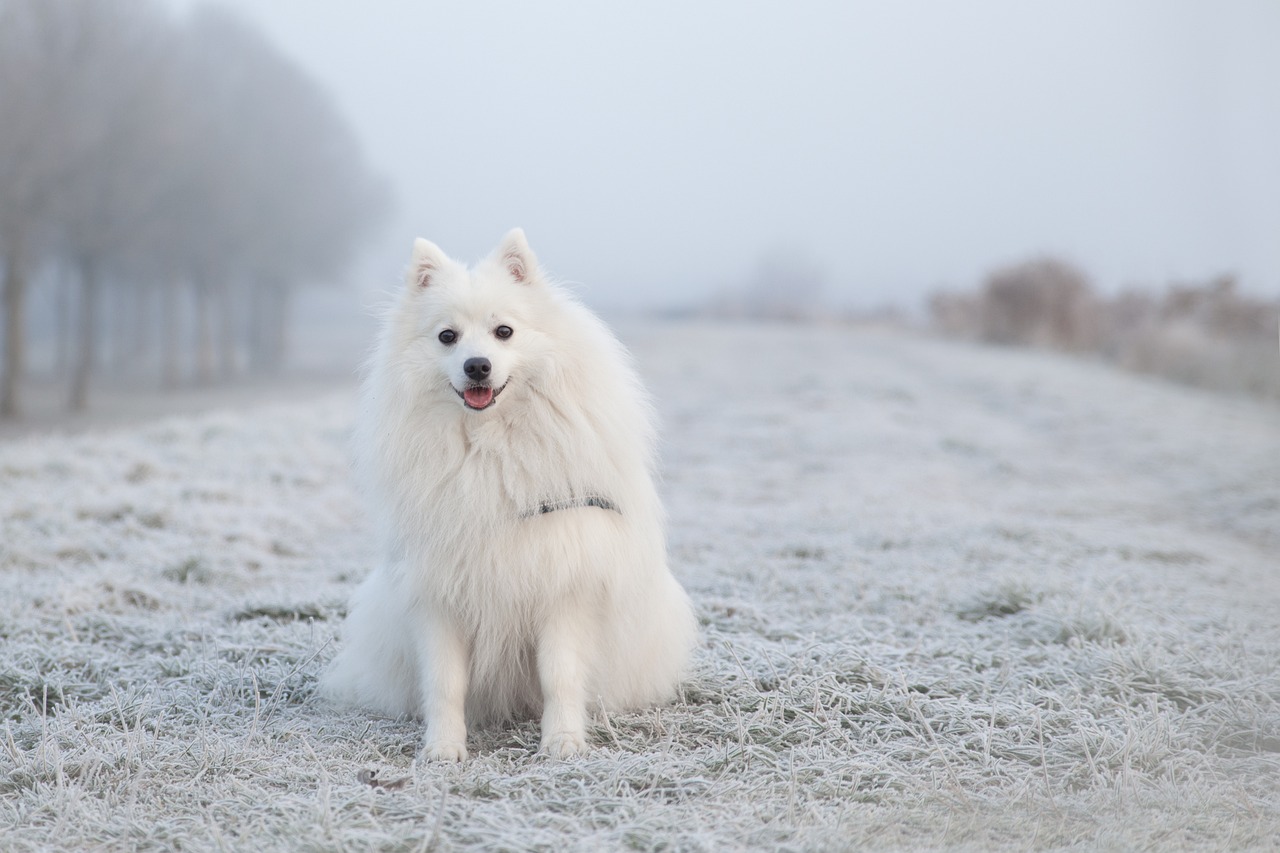
Understanding Dog Behavior
When it comes to walking your dog, understanding their behavior is not just a nice-to-have—it's a necessity. Dogs communicate primarily through body language, and as their human companions, it's our job to decode these signals. Imagine you're trying to have a conversation in a foreign language without a translator; that’s what it feels like for your dog if you don’t pay attention to their cues. So, what should you look for? Here are some key signs that can help you gauge your dog’s emotional state:
- Relaxed body posture: If your dog is walking comfortably with their tail wagging and ears in a neutral position, they’re likely feeling good.
- Raised hackles: This can indicate excitement or anxiety. It’s a signal that something has caught their attention, and you should be prepared.
- Growling or barking: These vocalizations can mean many things, from playfulness to aggression. Pay close attention to the context.
- Averting gaze: If your dog looks away or avoids eye contact, it could mean they’re feeling stressed or uncomfortable.
Recognizing these signs can help you manage your pet’s reactions, especially in situations that may provoke anxiety or aggression. For instance, if you notice your dog becoming tense or fixating on something, it might be time to change direction or distract them with a toy. It's similar to how we might feel uncomfortable in a crowded room; sometimes, we just need a little space.
Moreover, understanding your dog's behavior isn’t just about reading their signals; it’s also about knowing how to respond appropriately. If your dog shows signs of anxiety, try to reassure them with a calm voice or a gentle touch. On the flip side, if they display aggressive behavior, it’s crucial to maintain a safe distance from whatever is triggering them. Think of it as playing a game of chess; every move counts, and being aware of your opponent's strategy can make all the difference.
In addition to recognizing signs of anxiety and aggression, it’s essential to familiarize yourself with your dog’s unique personality. Every dog is different, and what works for one might not work for another. For example, some dogs thrive in busy environments, while others may become overwhelmed. Understanding these nuances can lead to a more enjoyable walking experience for both of you.
In summary, understanding your dog's behavior is a critical aspect of ensuring a safe and enjoyable walk. By paying attention to their body language and emotional cues, you can navigate various situations more effectively. So, the next time you grab the leash, take a moment to tune into your furry friend’s signals—your walks will be all the better for it!
Q: How can I tell if my dog is anxious during walks?
A: Look for signs like panting, pacing, or attempting to pull away. If your dog seems overly distracted or is trying to hide, they may be feeling anxious.
Q: What should I do if my dog reacts aggressively to other dogs?
A: It’s best to keep a safe distance and redirect their attention with treats or commands. If aggressive behavior continues, consider consulting a professional trainer.
Q: Are there specific breeds that are more prone to anxiety?
A: While any dog can experience anxiety, some breeds, like Chihuahuas and German Shepherds, are known to be more sensitive. Understanding your dog's breed characteristics can help you prepare better.
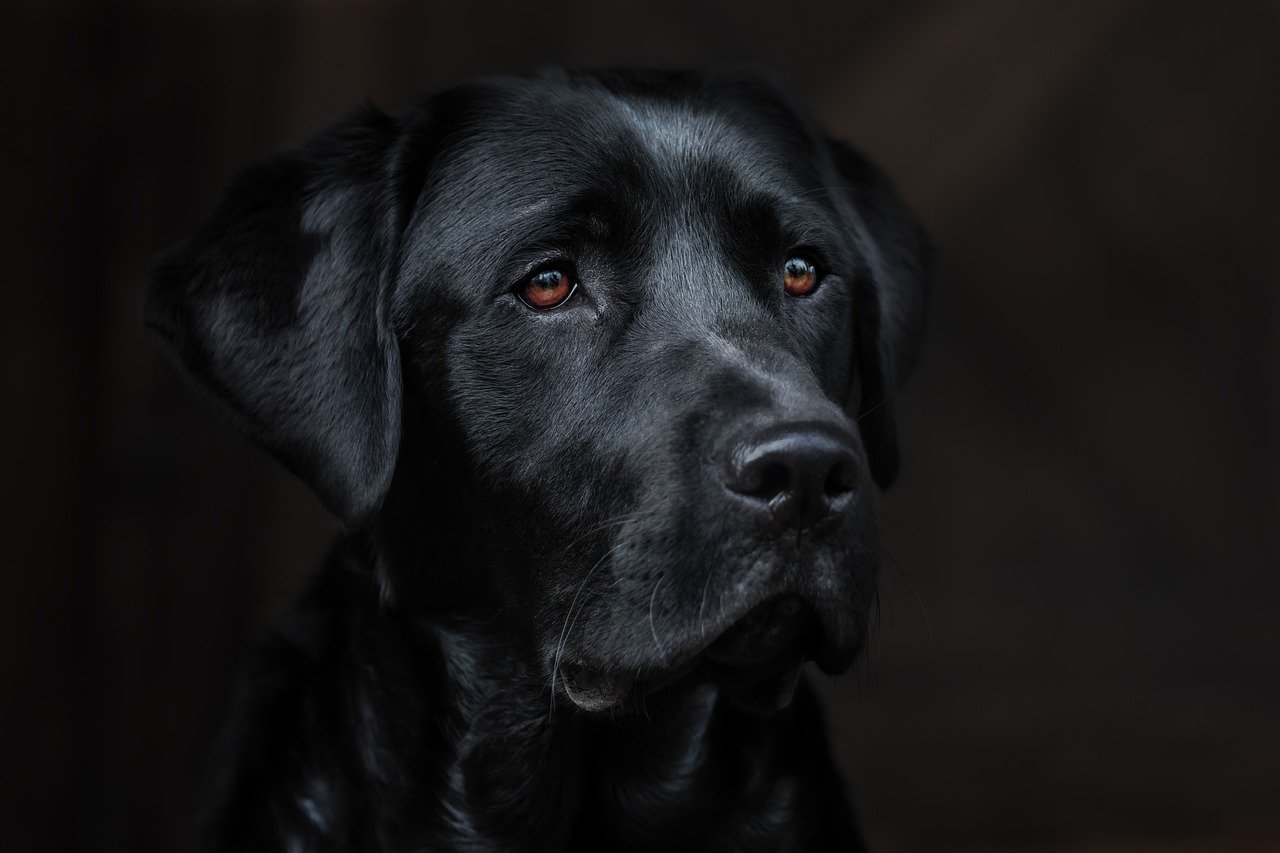
Choosing the Right Equipment
When it comes to dog walking, the right equipment can make all the difference between a pleasant stroll and a chaotic adventure. Imagine you're gearing up for a day out with your furry companion; you wouldn't want to step out without the essentials, right? Proper gear not only enhances your dog's comfort but also ensures you have the control needed to navigate any situation that may arise. So, let’s dive into the must-haves for a safe and enjoyable dog walking experience.
First and foremost, the leash is your primary tool for maintaining control over your dog. There are various types of leashes available, each designed for different walking styles and dog behaviors. For instance, a standard leash is great for everyday walks, providing a solid grip and reliable length. On the other hand, retractable leashes offer a bit more freedom, allowing your dog to explore while still giving you the option to reel them back in when necessary. However, they can sometimes lead to tangles and loss of control, especially in crowded areas. This is where understanding your dog's personality becomes crucial—if they’re easily distracted or have a tendency to pull, a standard leash may be your best bet.
Let’s break down the leash options further:
- Standard Leash: Typically 4 to 6 feet long, perfect for close control.
- Retractable Leash: Extends up to 26 feet, allowing freedom but requires careful handling.
- Specialty Leashes: Includes hands-free leashes for running or jogging, and dual leashes for walking two dogs.
Next, let’s talk about collars and harnesses. The choice between the two can significantly impact your dog's comfort and safety. A collar is often the go-to option for many dog owners, providing a simple way to attach ID tags and leashes. However, collars can sometimes put pressure on a dog's neck, especially if they pull. Harnesses, on the other hand, distribute pressure more evenly across the dog's body, making them a better choice for dogs that tend to pull or those with respiratory issues. While collars are great for identification, harnesses can offer a more comfortable and secure walking experience.
Here’s a quick comparison:
| Feature | Collars | Harnesses |
|---|---|---|
| Control | Less control, can choke if pulled | More control, reduces choking risk |
| Comfort | Can be uncomfortable for some dogs | Generally more comfortable |
| Identification | Great for ID tags | Less ideal for tags, but can attach to harness |
Another aspect to consider is safety gear for those evening walks. As the sun sets, visibility decreases, and it becomes essential to ensure both you and your dog are seen. Reflective gear, such as vests and collars, can significantly enhance your visibility to passing cars and other pedestrians. Additionally, lighted accessories, like LED collars or clip-on lights, can provide that extra layer of safety, allowing you to enjoy your nighttime stroll without worry.
Here are some key items to consider for night walking:
- Reflective Vests: Bright and visible, these help you stand out.
- LED Collars: Light up your dog’s collar for added visibility.
- Flashlights: A handy tool for illuminating your path.
In conclusion, choosing the right equipment for dog walking is not just about style; it’s about ensuring safety and comfort for both you and your pet. By selecting the appropriate leash, collar or harness, and safety gear, you can make your walks enjoyable and worry-free. Remember, every dog is unique, so take the time to find what works best for your furry friend!
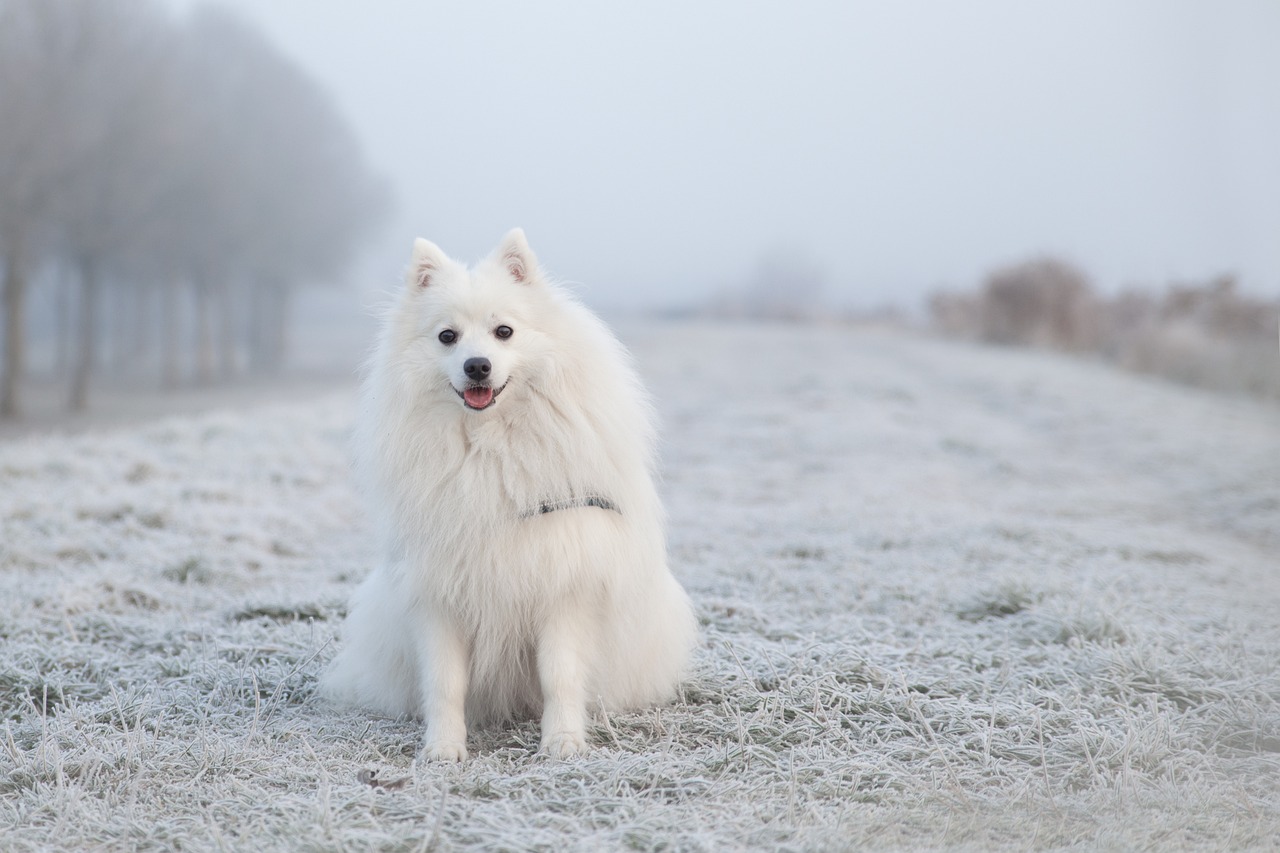
Leash Types and Uses
When it comes to dog walking, the leash you choose can make all the difference in your experience. Just like choosing the right shoes for a hike, selecting the appropriate leash for your dog is essential for both comfort and control. There are several types of leashes available, each designed to cater to different walking styles, dog behaviors, and specific situations. Understanding these options can help you make an informed decision that enhances your daily walks.
First up, we have the **standard leash**. This is the classic choice that most pet owners are familiar with. Typically made from nylon or leather, standard leashes usually measure between 4 to 6 feet in length. They provide a good balance of control and freedom, making them perfect for everyday walks. If your dog is well-behaved and responsive, a standard leash is often all you need to enjoy a pleasant stroll in the park or around the neighborhood.
Next, let’s discuss **retractable leashes**. These leashes offer a unique feature: they allow your dog to roam up to 26 feet away from you while still being attached. This can be fantastic for giving your pup some extra freedom to explore. However, caution is key! Retractable leashes can sometimes lead to tangles or unexpected pulls, especially if your dog suddenly darts towards something interesting. They are best used in open spaces where you can maintain control and keep an eye on your dog at all times.
Then there are **specialty leashes** designed for specific needs. For example, a **hands-free leash** can be a game-changer for active dog owners who enjoy jogging or hiking. This type of leash typically attaches around your waist, allowing you to keep your hands free for other activities. Another option is the **dual leash**, which is ideal for those with multiple dogs. It allows you to walk two dogs simultaneously without the hassle of tangling leashes. Each of these specialty leashes has its own advantages, so consider your lifestyle and your dog’s behavior when making a choice.
Now, it's important to note that the material of the leash can also impact your experience. For instance, **nylon leashes** are lightweight and durable, making them a popular choice. On the other hand, **leather leashes** offer a classic look and feel, but they may require more maintenance to keep them in good condition. When selecting a leash, think about the weather conditions in your area, your dog's size, and their tendency to pull. A sturdy leash can help you maintain control and prevent accidents.
In summary, choosing the right leash involves considering your dog's behavior, the environment you'll be walking in, and your personal preferences. Whether you opt for a standard leash, a retractable option, or a specialty design, the key is to ensure that both you and your furry friend feel comfortable and secure during your walks. Remember, a well-chosen leash not only enhances your walking experience but also keeps your beloved pet safe and happy!
- What is the best leash for a strong dog? A standard leash made of durable material is usually the best choice for strong dogs, as it provides better control.
- Are retractable leashes safe? While retractable leashes can offer more freedom, they require careful handling to avoid tangles and sudden pulls.
- How long should a dog leash be? A leash length of 4 to 6 feet is generally recommended for most walking situations.
- Can I use a hands-free leash for training? Hands-free leashes can be used for training, but it's essential to ensure your dog has good recall and control first.
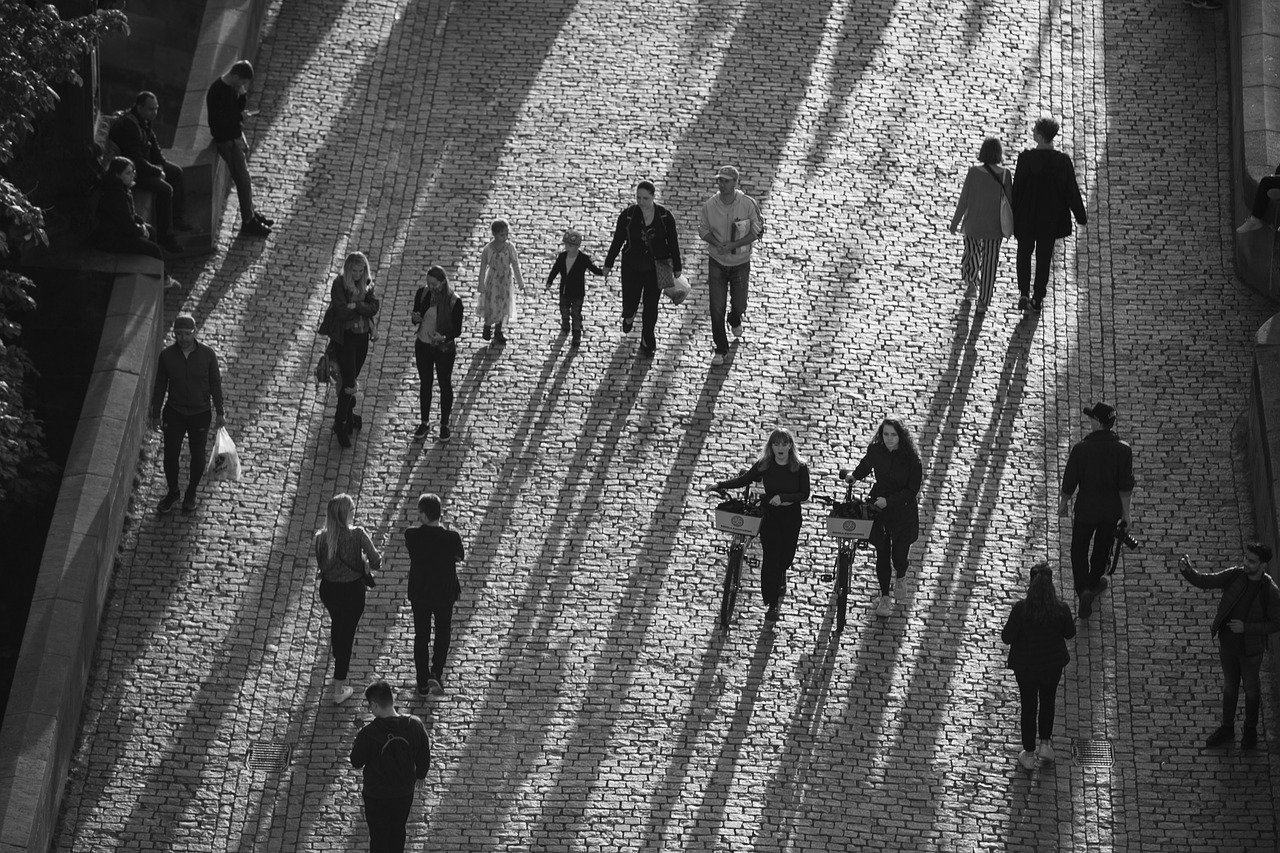
Collars vs. Harnesses
When it comes to walking your dog, one of the most important decisions you'll make is whether to use a collar or a harness. Both options have their pros and cons, and understanding these can significantly impact your dog’s comfort and safety during walks. Let's dive into the details!
First, let's talk about collars. Collars are the traditional choice for dog owners. They are typically used for holding ID tags and are easily adjustable. However, it's crucial to choose the right type of collar. For example, a flat collar is suitable for everyday use, but if your dog tends to pull, a choke or prong collar might seem like a tempting option. But beware! These can cause harm and discomfort. Instead, consider a martingale collar, which tightens slightly to prevent escape without causing pain.
On the other hand, harnesses are gaining popularity, especially for dogs that pull or have respiratory issues. A harness distributes pressure across the dog's chest and back, which can help prevent injury to their neck. This is particularly beneficial for small breeds or those with delicate tracheas. When selecting a harness, look for one that fits snugly but allows for movement. A poorly fitted harness can lead to chafing and discomfort.
Here’s a quick comparison table to help you visualize the differences:
| Feature | Collar | Harness |
|---|---|---|
| Pressure Distribution | Neck | Chest and Back |
| Best For | Calm dogs, ID tags | Pullers, respiratory issues |
| Escape Risk | Higher | Lower |
| Comfort | Can be uncomfortable if pulling | Generally more comfortable |
In summary, the choice between a collar and a harness depends on your dog’s behavior, size, and specific needs. Always consider your dog’s unique characteristics before making a decision. If your dog is a gentle walker, a collar may suffice. But if they have a tendency to pull or are prone to respiratory issues, a harness is likely the better option.
Ultimately, the goal is to ensure a safe and enjoyable walking experience for both you and your furry friend. So, whether you choose a collar or a harness, make sure it fits well and suits your dog's walking style!
Q: Can I use both a collar and a harness at the same time?
A: Yes, many dog owners use both. You can attach the leash to the harness for walks and use the collar for ID tags. Just ensure that the collar is not too tight.
Q: How do I know if the harness fits properly?
A: A properly fitted harness should be snug but not restrictive. You should be able to fit two fingers between the harness and your dog's body.
Q: Are there specific harnesses for different dog breeds?
A: Yes, some harnesses are designed specifically for certain breeds or sizes. Always check the manufacturer's guidelines for the best fit.

Safety Gear for Night Walks
When the sun sets and the world transforms into a canvas of shadows, the thrill of a night walk with your dog can be both enchanting and daunting. To ensure that your evening strolls are safe and enjoyable, investing in the right safety gear is essential. Just like a knight dons armor before heading into battle, you and your furry friend should be equipped to face the challenges that come with low visibility.
One of the most important pieces of gear for night walks is a reflective leash. This type of leash not only helps you maintain control over your pet but also ensures that you are visible to others, such as cyclists and pedestrians. Look for leashes made from materials that reflect light, which can significantly enhance your visibility in dimly lit areas. Pairing this with a reflective collar or harness will create a comprehensive visibility package that keeps both you and your dog safe.
Additionally, consider investing in a lighted collar or a LED dog vest. These illuminating accessories not only make your dog visible from a distance but also add an extra layer of safety. They come in various styles and colors, allowing you to choose one that suits your pet's personality. Just imagine how cute your pup would look sporting a glowing vest while strutting down the street!
Don't forget about your own visibility! Wearing reflective clothing or accessories can help others spot you in the dark. A simple reflective vest or even a headlamp can make a world of difference. Think of it as your own personal spotlight, ensuring that you’re seen, and hence, safe. Moreover, using a flashlight or a headlamp can help illuminate the path ahead, allowing you to spot any potential hazards, such as uneven ground or obstacles that might trip you or your dog.
Before you head out for your night walk, it’s a good idea to check the weather and the lighting conditions in your area. If the moon is hidden behind clouds and the streetlights are dim, you might want to rethink your route or even postpone the walk. Safety should always come first! And remember, if you're walking in a particularly dark area, it’s wise to stick to well-lit paths as much as possible.
In summary, night walks can be a delightful experience for you and your dog, provided you are equipped with the right safety gear. By utilizing reflective leashes, lighted collars, and your own visibility-enhancing accessories, you can enjoy your evening strolls with peace of mind. So, gear up, stay alert, and embrace the beauty of the night with your furry companion!
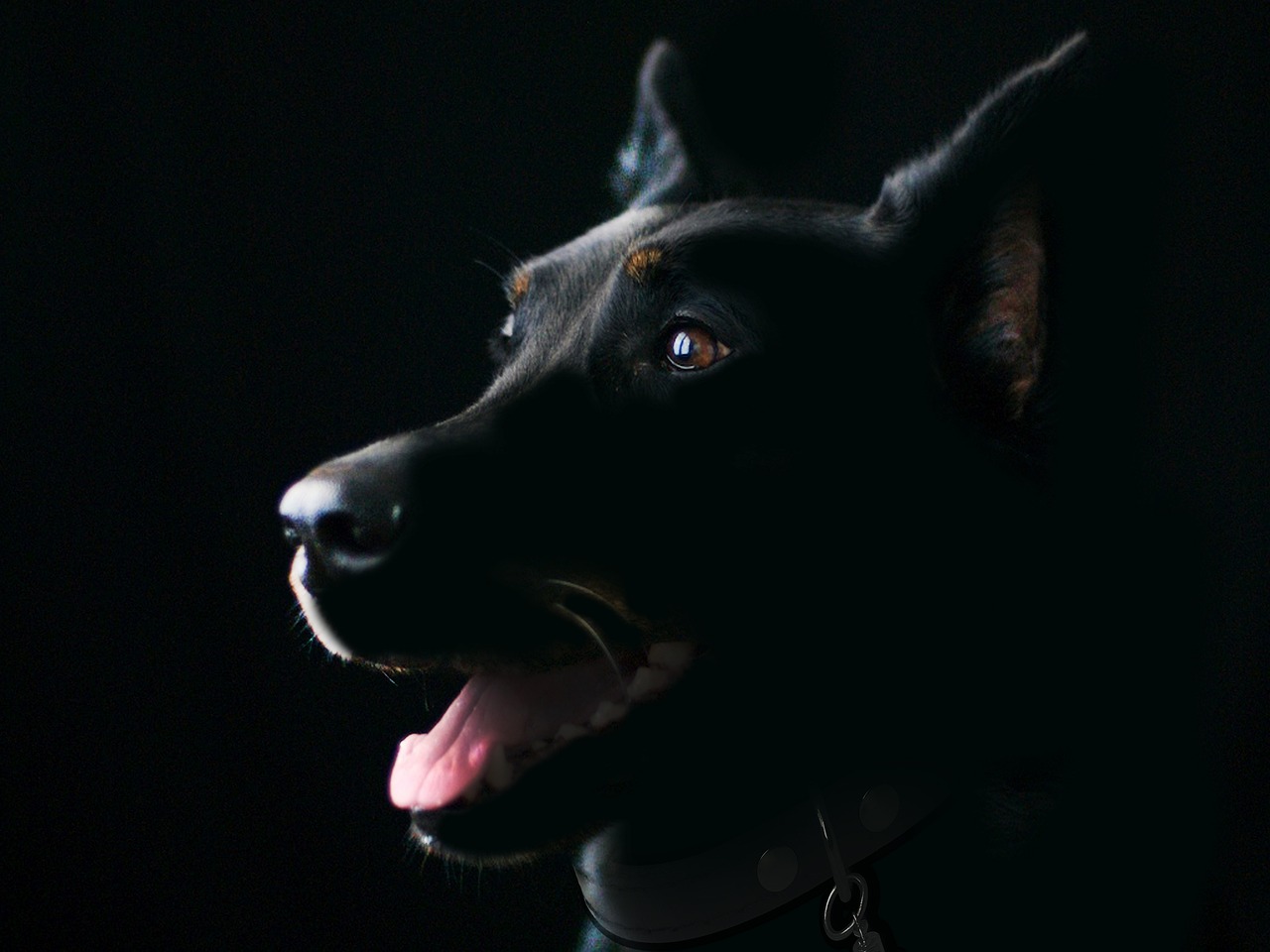
Preparing for Different Environments
Walking your dog can be a delightful experience, but it’s crucial to tailor your approach to the environment you’re in. Each setting presents its own set of challenges and opportunities. Whether you're striding through a bustling urban landscape, enjoying the tranquility of rural trails, or exploring the vastness of a park, being prepared can make all the difference in ensuring a safe and enjoyable outing for both you and your furry friend.
In urban environments, the hustle and bustle can be overwhelming. Think about the noise from traffic, the presence of other people, and the occasional unexpected stimuli like bicycles or skateboarders. To keep your dog calm and focused, consider using a shorter leash that gives you more control. Additionally, practicing commands like “sit” and “stay” in these busy areas can help your dog learn to manage distractions. Always be on the lookout for potential hazards, such as broken glass or aggressive dogs, and steer clear of them.
When venturing into rural areas, the atmosphere shifts dramatically. Here, you might encounter wildlife, open fields, and less predictable terrain. It's essential to keep your dog on a leash to prevent them from chasing after animals or wandering too far. Make sure to pack essentials like water, snacks, and a first aid kit, as these outings may lead you far from immediate help. Also, be aware of the weather conditions, as rural paths can become muddy or slippery, posing risks for both you and your pet.
Finally, parks are often a favorite destination for dog walkers. They provide a mix of open space and social interaction with other dogs and their owners. However, it’s important to monitor your dog’s interactions with others. Not all dogs are friendly, and some might be anxious or aggressive. To ensure a positive experience, always observe your dog's body language and be ready to intervene if necessary. Additionally, consider using a long line leash in parks, allowing your dog to roam a bit while still maintaining control.
In conclusion, adapting your walking routine to the environment is key to a safe and enjoyable experience for both you and your dog. By being aware of your surroundings and preparing appropriately, you can navigate each unique setting with confidence. So, the next time you grab that leash, remember: the world is your dog’s playground, and with the right preparation, it can be a wonderful adventure!
- What should I do if my dog is scared during walks?
If your dog seems anxious, try to identify the trigger and create a safe distance. Gradually expose them to the source of their fear while offering treats and praise to build their confidence.
- How do I choose the right leash for my dog?
Consider your dog's size, behavior, and walking style. A standard leash is great for control, while a retractable leash allows for more freedom. Always ensure the leash is comfortable for both you and your dog.
- Are there specific safety tips for night walks?
Yes! Use reflective gear for both you and your dog. Consider lighted collars or leashes to enhance visibility. Always stay in well-lit areas and be aware of your surroundings.
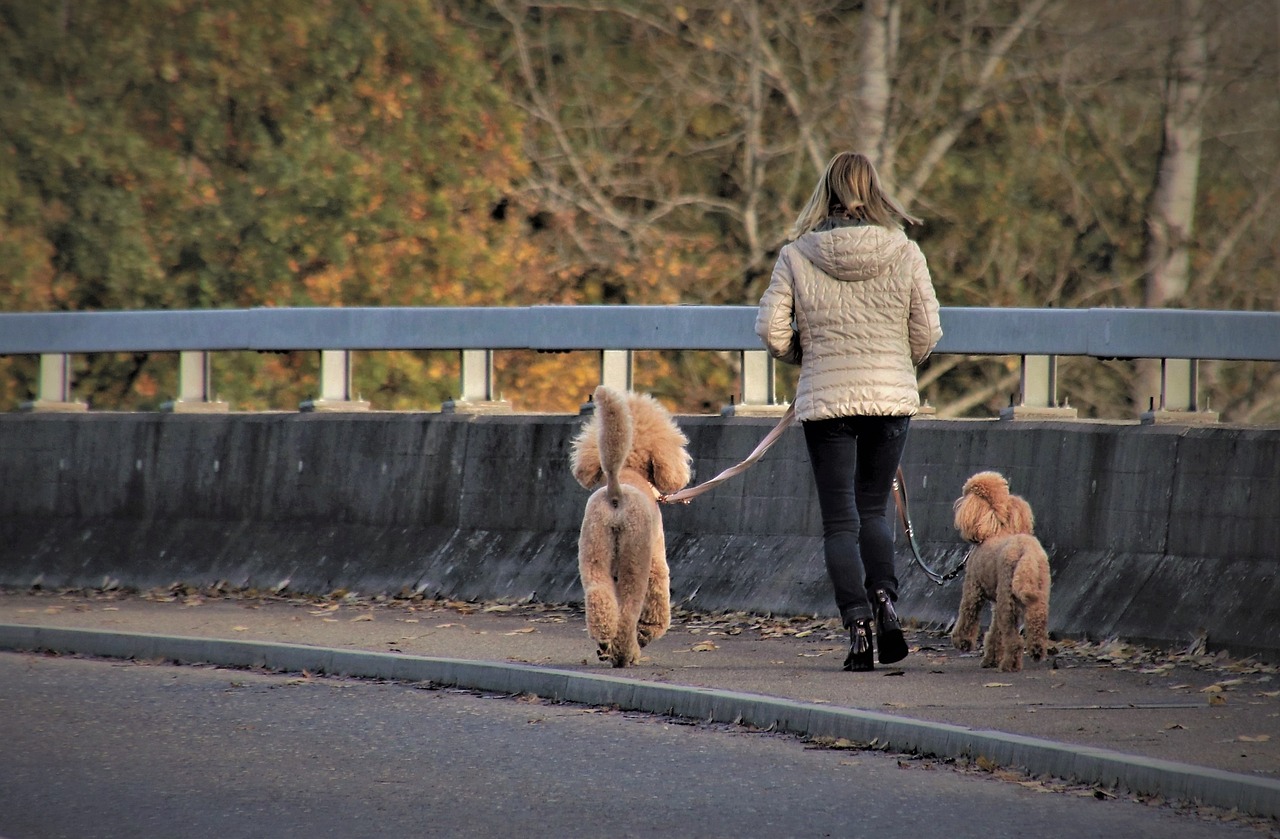
Staying Aware of Your Surroundings
When you're out walking your dog, it's easy to get lost in the moment, enjoying the fresh air and the wagging tail beside you. However, staying aware of your surroundings is crucial for ensuring both your safety and that of your furry friend. Imagine walking through a bustling park, the sun shining, and all you can think about is the joy of being outdoors. But wait! Did you notice that other dog approaching? Or the cyclist zooming by? These are the moments when awareness can make all the difference.
Awareness means more than just looking around; it involves being attentive to various elements in your environment. Here are some key aspects to keep in mind:
- Other Dogs: Dogs are social creatures, and while your pup may want to make friends, not all dogs share the same enthusiasm. Pay attention to their body language. Is the other dog wagging its tail or growling? Keep your distance if you sense any tension.
- Pedestrians: Parks and sidewalks can be crowded. Always be mindful of people around you, especially children who might unexpectedly run up to pet your dog. A sudden movement can startle both you and your pet.
- Potential Hazards: Look out for things like broken glass, uneven pavement, or even aggressive wildlife. Being aware of these hazards can prevent accidents that could harm you or your dog.
Additionally, consider the time of day and the environment you're in. Walking in an urban area might present different challenges compared to a quiet rural path. For instance, in urban settings, you need to be cautious of traffic and busy streets. Meanwhile, in more secluded areas, wildlife encounters could be a concern. Always adapt your awareness based on your surroundings.
It's also wise to have a plan. Before heading out, take a moment to assess your route. Are there any parks or trails you want to explore? Are there areas you should avoid due to heavy traffic or known hazards? Having a mental map can help you stay focused and aware while enjoying your walk.
Moreover, consider using technology to your advantage. Many dog owners find that using apps that track their walking routes can help them stay aware of their surroundings. These apps often provide alerts for potential hazards or even notify you of other dog owners in your vicinity. This way, you can remain engaged with your environment while keeping your pet safe.
In conclusion, staying aware of your surroundings while walking your dog is not just a good habit; it's a vital part of ensuring a safe and enjoyable experience for both of you. Remember, your dog looks to you for guidance, so being alert and prepared will help both of you navigate the world together safely.
Q1: What should I do if I encounter an aggressive dog while walking my dog?
A1: If you encounter an aggressive dog, remain calm and do not engage. Try to create distance between your dog and the aggressive dog. If necessary, redirect your dog’s attention with treats or commands, and calmly walk away from the situation.
Q2: How can I train my dog to be more aware of their surroundings?
A2: Training your dog to be aware can be done through exposure and positive reinforcement. Gradually introduce them to different environments, rewarding them for calm behavior. Teaching commands like "leave it" can also help them focus on you rather than distractions.
Q3: Is it safe to use a retractable leash in crowded areas?
A3: While retractable leashes offer freedom, they can be risky in crowded areas. It's best to use a standard leash for better control and to keep your dog close to you, especially when navigating through busy environments.
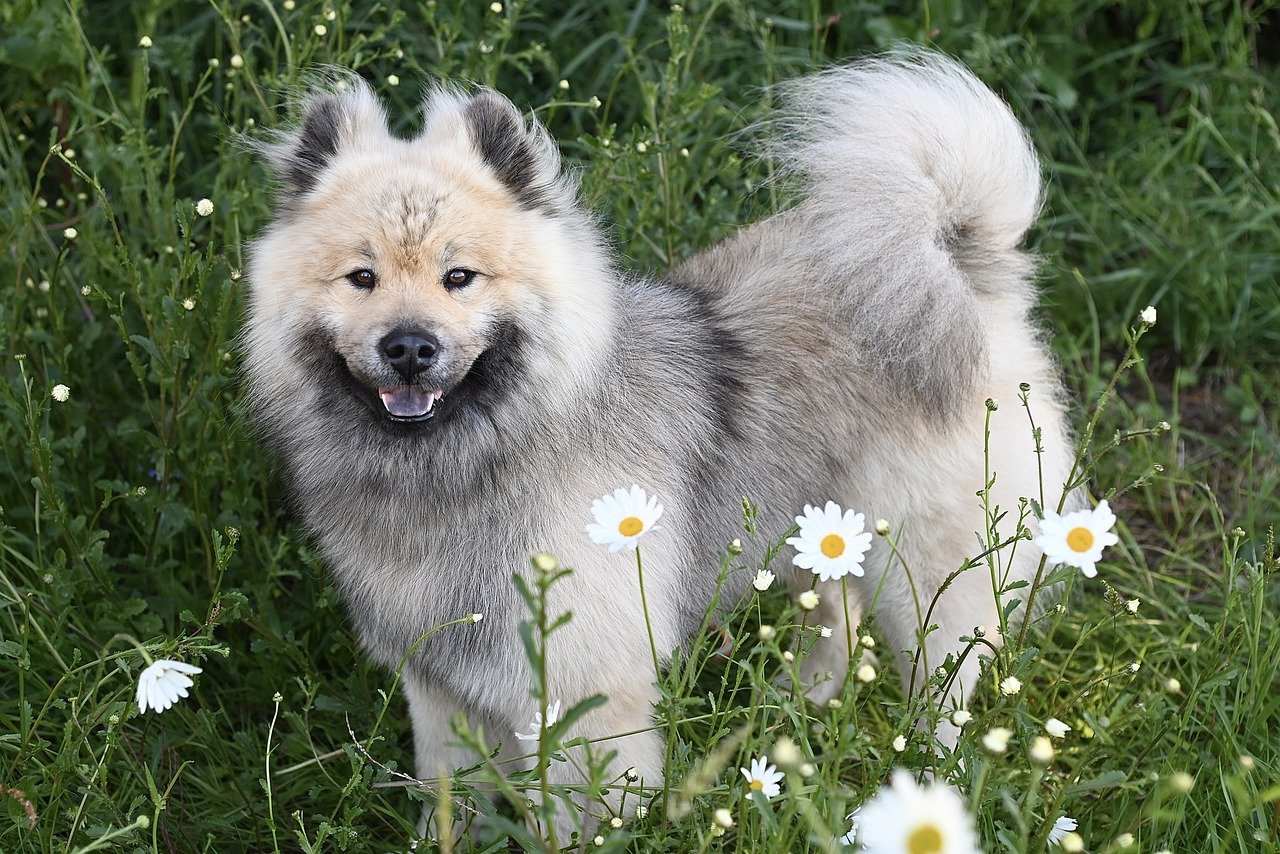
Dealing with Other Dogs
Encountering other dogs during your walks can be both exciting and daunting. Just like us, dogs have their own personalities, and their behavior can be unpredictable. Imagine walking through a park and suddenly, a friendly pup bounds towards your dog, tail wagging and ready to play. On the flip side, you might also face a situation where an aggressive dog approaches, teeth bared and growling. So, how do you navigate these interactions safely? The key lies in being prepared and understanding dog body language.
First and foremost, it’s crucial to recognize that not all dogs are social butterflies. Some may feel anxious or threatened by the presence of another dog, which can lead to defensive behaviors. Look for signs of anxiety in your dog, such as:
- Tail tucked between legs
- Constantly looking away
- Whining or barking excessively
On the other hand, if you spot a dog that seems overly excited or aggressive, it’s essential to keep your distance. Dogs communicate a lot through their body language, so being observant can help you avoid confrontations. Signs of aggression can include:
- Stiff body posture
- Direct staring
- Growling or showing teeth
When you see another dog approaching, assess the situation quickly. If your dog seems calm and friendly, you might allow them to greet each other, but always ask the other dog’s owner for permission first. This simple act of courtesy can prevent misunderstandings and potential fights. If the other owner agrees, keep the introductions short and positive. A quick sniff and wagging tails can go a long way in establishing a friendly rapport.
However, if you sense any tension or if your dog is showing signs of stress, it’s best to steer clear. Use your leash to guide your dog away gently, and try to create some distance. Remember, it’s perfectly okay to prioritize your dog’s comfort over social interactions. Think of it like a crowded party; not everyone is comfortable mingling, and that’s completely fine!
Additionally, if you find yourself in a situation where two dogs are not getting along, remain calm. Your energy can influence your dog’s behavior. If you panic, your dog may pick up on that anxiety, which can escalate the situation. Instead, try to redirect your dog’s attention with treats or a favorite toy, creating a distraction that helps them focus on you rather than the other dog.
In conclusion, dealing with other dogs during walks is all about awareness and preparation. By understanding your dog’s body language and the behavior of others, you can create a safe and enjoyable environment for both you and your furry friend. Always remember, a little caution can go a long way in ensuring a positive experience on your walks!
- What should I do if my dog gets into a fight with another dog? - Stay calm and try to separate them safely, using a loud noise or distraction if necessary. Never put yourself in harm’s way.
- How can I help my dog be more social with other dogs? - Gradually introduce them to well-behaved dogs in controlled environments, and reward positive interactions.
- Is it safe to let my dog greet every dog we meet? - No, always ask the other dog’s owner for permission and assess both dogs’ body language before allowing them to interact.
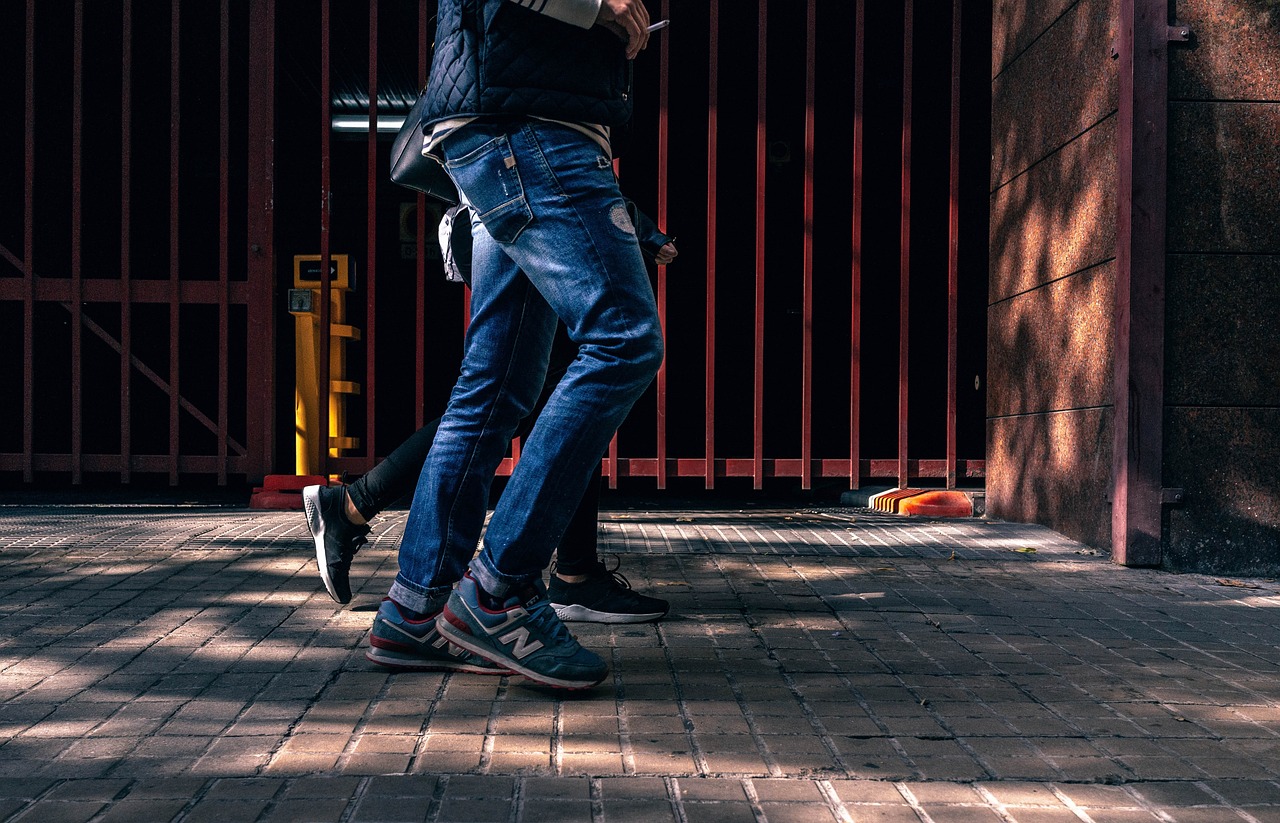
Managing Distractions
When you're out walking your dog, distractions can pop up like uninvited guests at a party. From other dogs barking at the fence to squirrels darting across your path, these interruptions can turn a peaceful stroll into a chaotic chase. So, how do you keep your focus and ensure your furry friend stays calm? It all boils down to a combination of preparation, awareness, and a few handy techniques.
First and foremost, it’s essential to stay present. This means putting away your phone and tuning into your surroundings. By being mindful, you can spot potential distractions before they escalate. For instance, if you see another dog approaching, you can decide whether to keep walking, cross the street, or prepare your dog for a friendly interaction. It's like being a traffic cop—directing the flow of your walk while keeping everyone safe.
Next, consider using positive reinforcement to manage distractions effectively. If your dog is easily distracted by sounds or sights, practice rewarding them for maintaining focus on you. Carry some treats and when they ignore a distraction, like a passing cyclist or a loud noise, give them a little reward. This not only reinforces good behavior but also helps your dog learn that staying focused on you is more rewarding than chasing after every little thing.
Another useful tip is to change your route regularly. Dogs thrive on routine, but if your usual path is filled with distractions, it might be time to explore new territory. By finding quieter routes or parks with fewer dogs, you can create a more serene walking environment. Think of it like choosing a peaceful beach over a crowded boardwalk—it makes for a much more enjoyable experience!
Additionally, using distraction techniques can be incredibly effective. For example, if you know your dog is prone to get excited by other dogs, practice commands like "leave it" or "watch me" during your walks. These commands redirect their attention away from distractions and back to you. It’s like having a magic wand that helps you pull their focus back to where it should be.
Lastly, be aware of your own energy. Dogs are incredibly perceptive and can pick up on their owner's stress or anxiety. If you’re tense or distracted, your dog will likely mirror that behavior. Try to remain calm and collected, even when distractions arise. A relaxed demeanor can help your dog feel secure, making them less likely to react to stimuli around them.
In summary, managing distractions during dog walks is all about being proactive. By staying aware, using positive reinforcement, and practicing commands, you can create a more enjoyable and safe experience for both you and your dog. Remember, it’s not just about getting from point A to point B; it’s about enjoying the journey together!
- What should I do if my dog becomes overly excited by distractions?
If your dog gets too excited, try to redirect their attention using commands or treats. If needed, move to a quieter area until they calm down.
- How can I train my dog to ignore distractions?
Consistent training using commands like "leave it" or "come" can help your dog learn to ignore distractions. Regular practice in various environments is key.
- Is it normal for dogs to be distracted during walks?
Yes, dogs are naturally curious creatures. It’s normal for them to be distracted, but with training and patience, you can help them focus better.
Frequently Asked Questions
- What should I do if my dog shows signs of anxiety during walks?
If your dog appears anxious, it's essential to remain calm and reassure them. Try to identify the source of their anxiety, whether it's loud noises or other dogs. Gradually expose them to these stimuli in a controlled manner, and consider using calming products like anxiety wraps or pheromone sprays. If the anxiety persists, consulting a professional trainer or behaviorist may be beneficial.
- How do I choose the right leash for my dog?
Choosing the right leash depends on your dog's size, behavior, and the walking environment. Standard leashes are great for everyday walks, while retractable leashes offer more freedom. Specialty leashes, like hands-free options, are perfect for active lifestyles. Always ensure the leash is comfortable for you to hold and sturdy enough to handle your dog's strength.
- Are collars or harnesses better for my dog?
Both collars and harnesses have their pros and cons. Collars are easy to put on and can hold ID tags, but they may not be suitable for dogs that pull. Harnesses distribute pressure more evenly and reduce strain on the neck, making them ideal for dogs that tend to pull or have respiratory issues. Consider your dog's behavior and comfort when making a choice.
- What safety gear should I use for night walks?
For night walks, visibility is crucial. Use reflective leashes, collars, and harnesses to ensure you and your dog can be seen by passing vehicles. Additionally, consider using a lighted collar or a flashlight to help illuminate your path. This gear not only enhances safety but also gives you peace of mind during evening strolls.
- How can I prepare for walking in different environments?
Each environment presents unique challenges. In urban areas, be mindful of traffic and crowded spaces; rural areas may have wildlife or uneven terrain; and parks can have other dogs and distractions. Adjust your walking routine by choosing appropriate gear, maintaining a short leash in crowded areas, and staying alert to your surroundings to ensure a safe experience.
- What should I do if I encounter an aggressive dog?
Stay calm and avoid eye contact with the aggressive dog. If possible, calmly walk away without turning your back. If the dog approaches, try to put an object like a bag or your dog’s leash between you and the aggressive dog. Always prioritize your safety and your dog’s safety; if the situation escalates, seek help from local authorities or animal control.
- How can I minimize distractions during walks?
To minimize distractions, choose quieter walking routes when possible and avoid peak times in busy areas. Keep your dog focused by using treats or toys to redirect their attention. Training commands such as "leave it" or "focus" can also help. Remember, a calm and focused dog makes for a more enjoyable walking experience for both of you!





